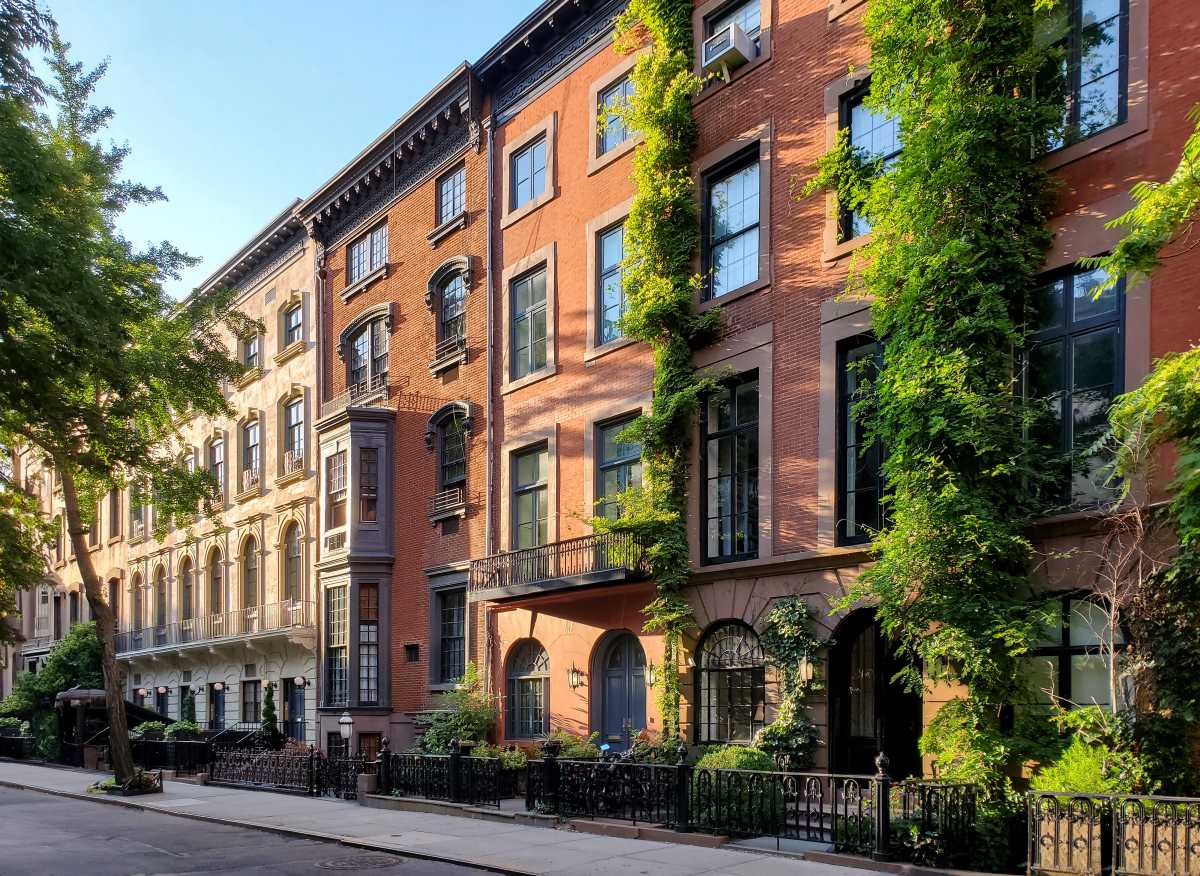All it takes is one trip down Bedford Avenue, past its parade of trendy restaurants, gleaming nightlife spots and sleek art galleries, to understand New York City gentrification in its purest form.
Take a glance at the neighborhood riverfront, once the provence of industrial power players like the Domino Sugar Factory, and you’ll see gleaming modern apartments with all the amenities, and rents that are not much less expensive than those one would find in midtown or TriBeCa.
This isn’t new news, but a report from NYU’s Furman Center released earlier this week gives a stark picture of just how significantly the neighborhood has changed since 1990.
The iconic north Brooklyn hotspot saw a 78.7% jump in average rents between 1990 and 2014, a whopping increase over the 22.1% boost in average rents citywide, according to the study.
“Dramatic is an understatement,” City Councilman Stephen Levin, who represents Williamsburg, said of the changes to what was once a working-class area. “In certain ways, the neighborhood has lost its character.”
The Furman Center analyzed Census data for its report and defined gentrification as “rapid rent growth in low income neighborhoods.”
Median rents in Williamsburg went from $857 in 2000 to $1,591 14 years later, according to the report. Adjusting for inflation, the neighborhood’s average household income in 1990 was $53,550, more than $20,000 less than the city average, the Furman Center said. Now, approximately one-quarter of Williamsburg residents earn more than $100,000 a year.
Further, 27.2% of households are “severely rent burdened,” meaning they pay more than 50% of their total income on rent, in what is a 4% jump from 2010, the report said.
A rapid growth in market-rate Williamsburg housing stock exacerbated the trend over the decades, said Jessica Yager, the Furman Center’s executive director.
Demand remains spectacularly high, even amid the current threat of a years-long shutdown of the L train between Brooklyn and Manhattan. The rental vacancy rate was 2.2% between 2010 and 2014, compared to 3.7% citywide. By and large, fewer people are living in these homes than in the past. The aggregate population of Williamsburg, and other neighborhoods spotlighted in the gentrification report such as Central Harlem and Chinatown, was 15.8% lower in 2010 than in 1970, the report said.
“You have middle income or upper income singles moving into apartments that once had a small working class family,” said Jonathan Bowles, executive director of the nonprofit Center for an Urban Future, thereby further preventing families from affording real estate in these neighborhoods. “It shows the dire lack of supply that we have in the city.”
Levin said that the best way to counter the trend is to aggressively push for the construction of affordable units and to be vigilant in making sure developers follow through on promises to build them.
“The forces of gentrification are very strong and I believe that the strongest defense that neighborhoods have is affordable housing,” he said.
Correction: An earlier version of this story incorrectly identified the Furman Center’s executive director Jessica Yaeger. Her name is Jessica Yager.




































